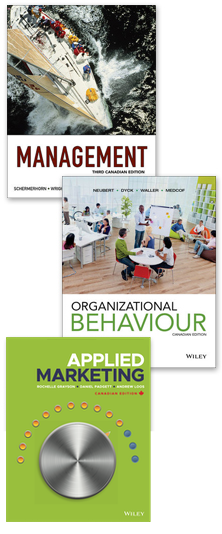Chinese President Hu Jintao visited the Chicago area for four days. His stops included a very formal dinner with Chicago Mayor Richard Daley, Walter Payton Prep School, and suburban Woodridge (a town even native son Barack Obama has not visited). Big deals were made – the Chinese agreeing to purchase Midwestern soybeans for $1.8 billion.
QUESTIONS:
- While most of tiny Woodridge, Illinois did not know the Chinese president was there, his visit to Chicago and its suburbs was important nonetheless. Discuss why the forces of globalization compel Hu Jintao to visit this tiny hamlet.
- Why would a company like Wanxiang want to go global, particularly in Chicago?
- Discuss the importance of the Chinese delegation in terms of managing export-import relationships.
- The visit by the Chinese president may have had a public relations component to it. As companies consider doing business in China and with Chinese companies, what are some of the ethical challenges involved?
SOURCE: L. Etter, “Look Who’s Coming to Woodridge,” Wall Street Journal (Retrievable online at http://online.wsj.com/article/SB10001424052748704115404576096313240848544.html)

